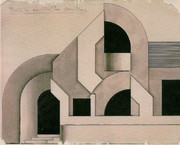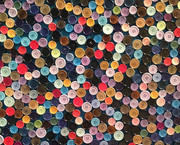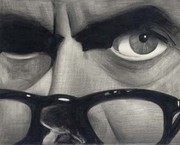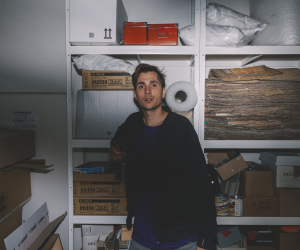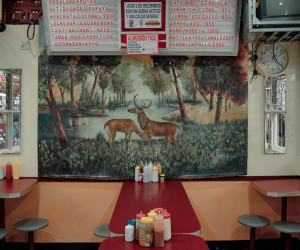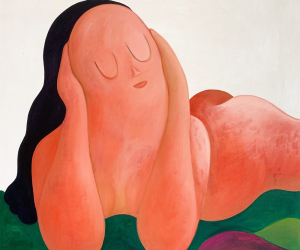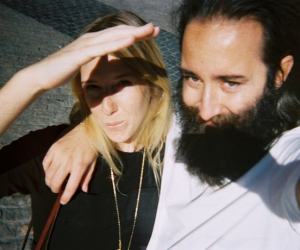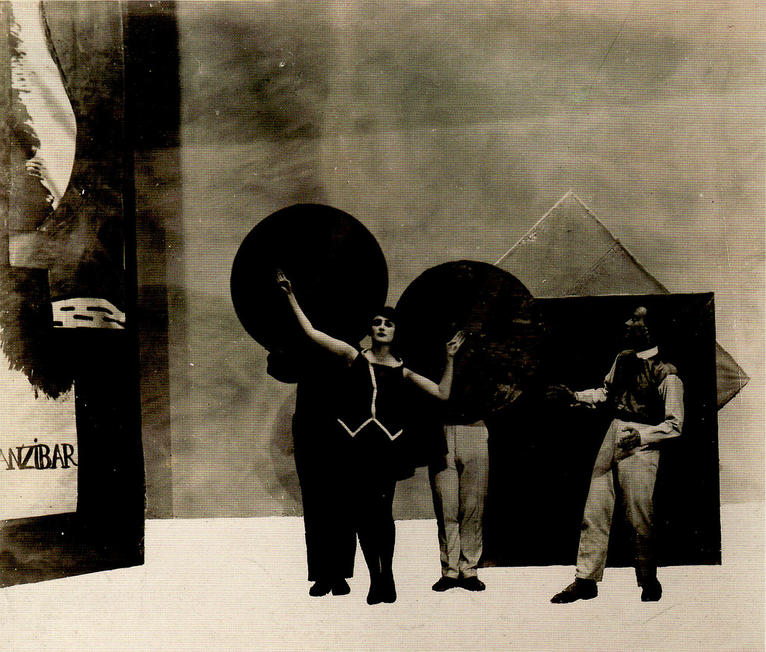
Jaroslav Rössler
Posted by Fabio 9 August 2010
Jaroslav Rössler was undoubtedly one of the most important representatives of Czech avant-garde photography during the 1920s and 1930s. On an international scale his works rank among the most progressive examples of the use of abstract art and Constructivism in photography.
The beginning of Rössler’s career is closely linked with Frantisek Drtikol, a classic name in Czech photography, in whose studio he trained between 1917-1920 and worked as an assistant for 5 years. The first influences from Drtikol are clear in Rössler’s early work as seen through his subject matter, Symbolist drawings and his use of the bromoil printing process. Yet already in 1919 Rössler embarked on other style experimentation as in his work, Opus 1, where he uses constructivist elements in his composition. In the early 1920s he created several works which show minimal objects and forms that relish in abstraction like images from a few other photographic artists of his day such as Paul Strand, Alvin Langdon Coburn, Man Ray or Francis Joseph Brugière.
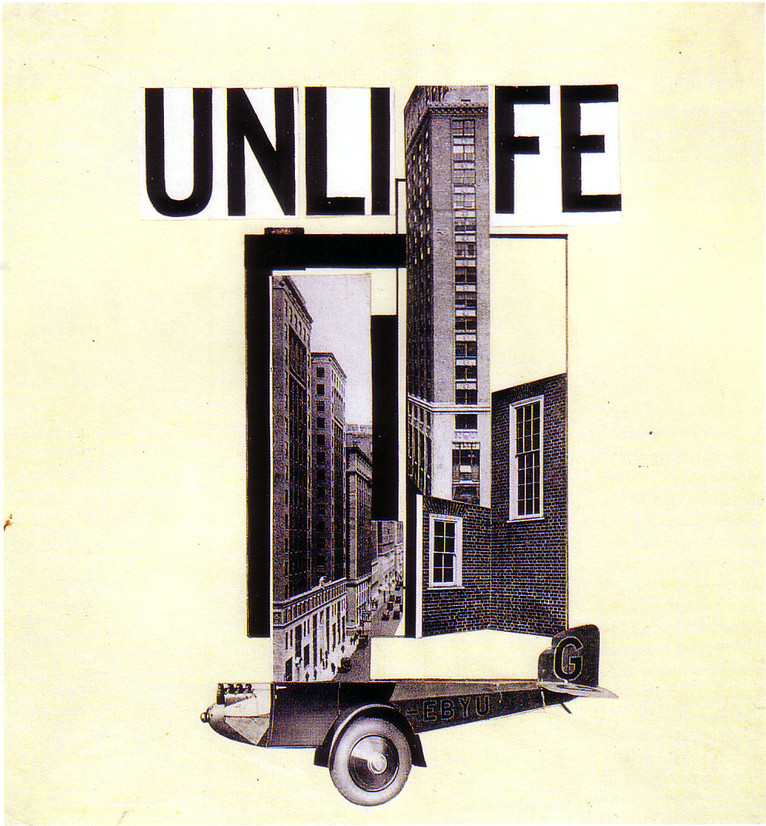 This period of Rössler’s creativity is typical for the fusion of diverse styles. Elements in Rössler’s photographs and drawings are not only inspired by Symbolism, Pictorialism and Expressionism, yet in works devoid of literary content he clearly is experimenting with cubistic and constructivist ideas. He showed an exceptional talent for reducing depicted reality to elementary lines and shapes for constructing a new reality. He photographed simple objects against a backdrop of black and white cardboard and paper; he gave spherical form to light through long exposures. He used multiple images, produced photo-montages and enhanced fragments by drawing black lines between several photographs.
This period of Rössler’s creativity is typical for the fusion of diverse styles. Elements in Rössler’s photographs and drawings are not only inspired by Symbolism, Pictorialism and Expressionism, yet in works devoid of literary content he clearly is experimenting with cubistic and constructivist ideas. He showed an exceptional talent for reducing depicted reality to elementary lines and shapes for constructing a new reality. He photographed simple objects against a backdrop of black and white cardboard and paper; he gave spherical form to light through long exposures. He used multiple images, produced photo-montages and enhanced fragments by drawing black lines between several photographs.
From 1927 to 1935 Rössler lived with his wife, Gertruda and daughter Sylva in Paris, where he worked in different photography studios. The Eiffel Tower and other Paris structures became the subject of series of contructivist photographs and photo-montages. During this period he also used photo-grams, diagonal compositions, multiple negatives and lettering to create modern advertising. After his return to Prague in 1935 Jaroslav Rössler had a small studio where he produced only a few works in the way of photographs and photo-montages and in 1949, a collection of drawings. In the mid 1950s he once again began a prolific period of working with photo-montages, collages, still-lives and even in the 1960s, abstract colour transparencies.
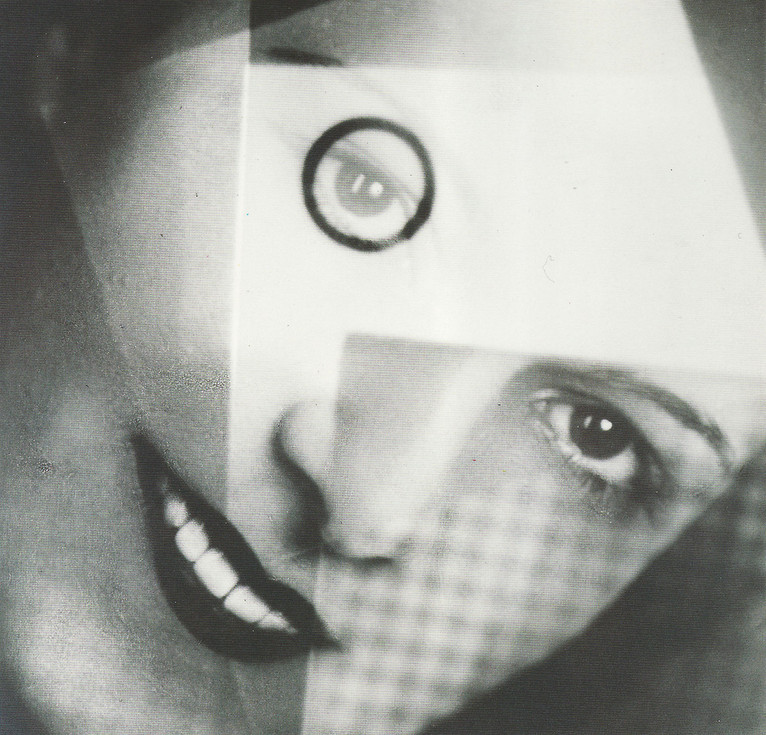
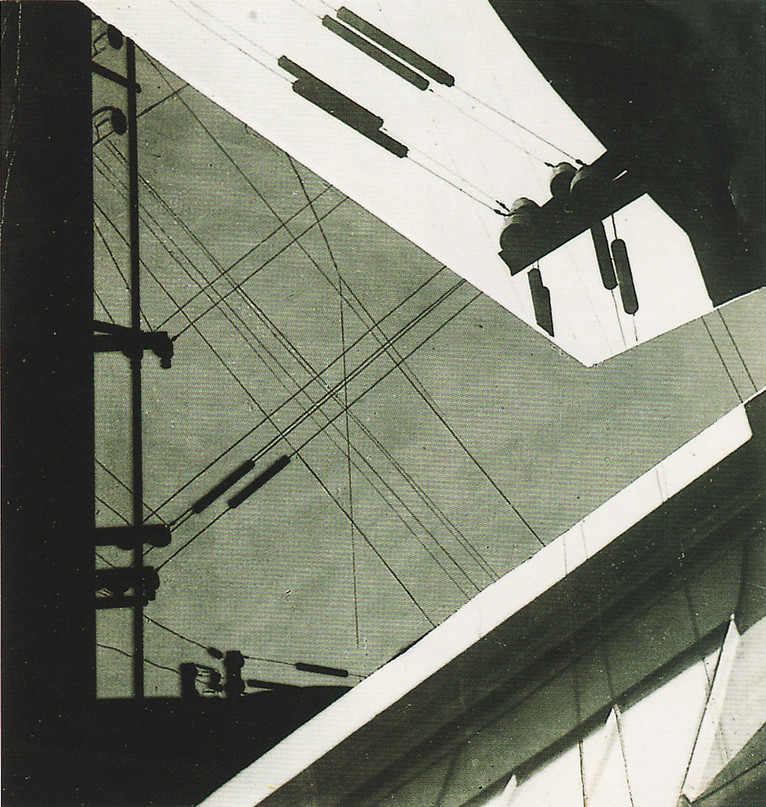 In the 1970s Jaroslav Rössler’s work began to receive recognition through the work of several Czech art historians who were able to introduce his work to an international audience. His work has since been included in numerous international group shows and small one-man exhibitions. He is represented in several Czech museum collections and international collections including the J.Paul Getty Museum, Santa Monica; Museum Folkwang, Essen and the Museum of Fine Arts, Houston to name a few.
In the 1970s Jaroslav Rössler’s work began to receive recognition through the work of several Czech art historians who were able to introduce his work to an international audience. His work has since been included in numerous international group shows and small one-man exhibitions. He is represented in several Czech museum collections and international collections including the J.Paul Getty Museum, Santa Monica; Museum Folkwang, Essen and the Museum of Fine Arts, Houston to name a few.

